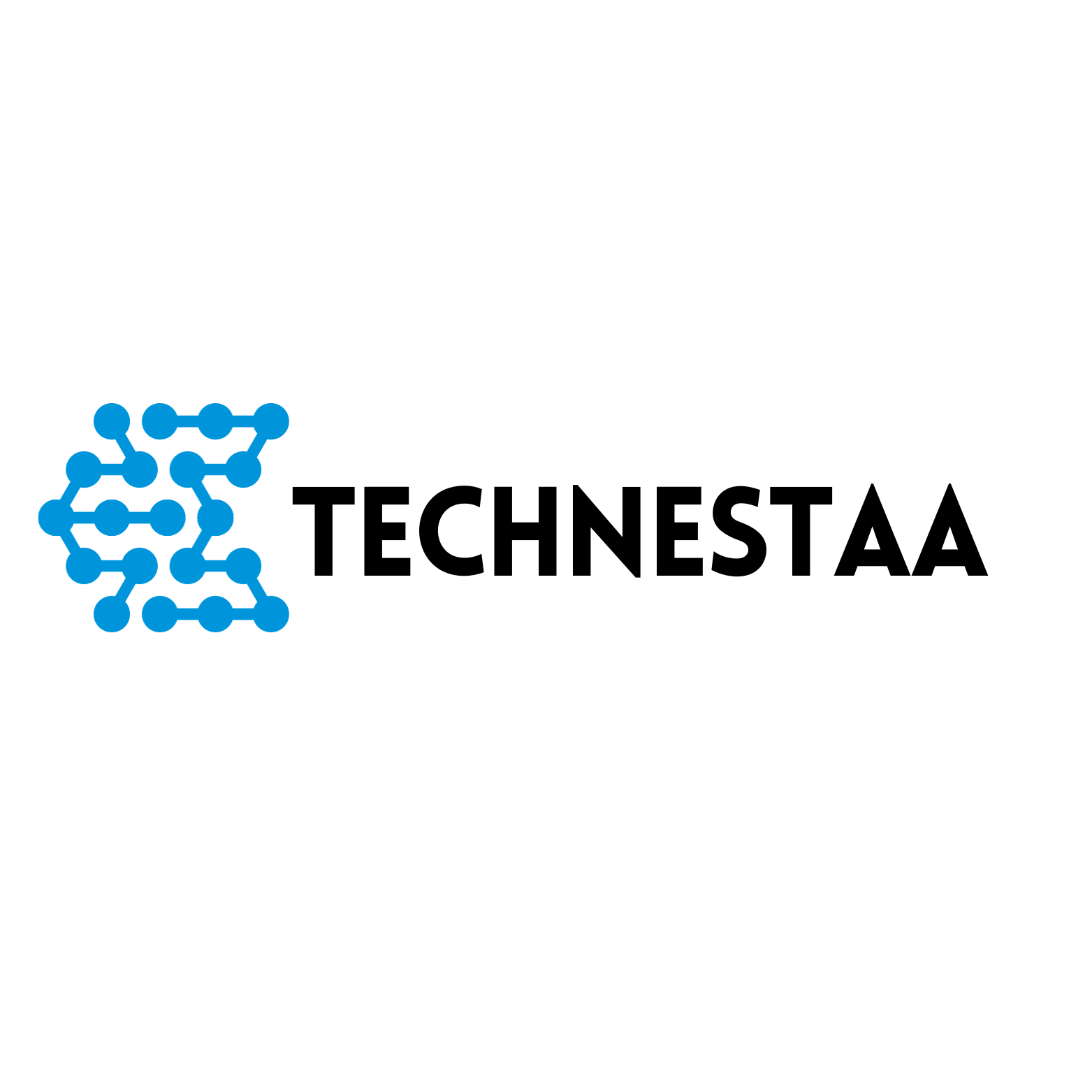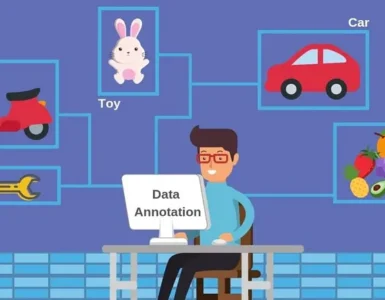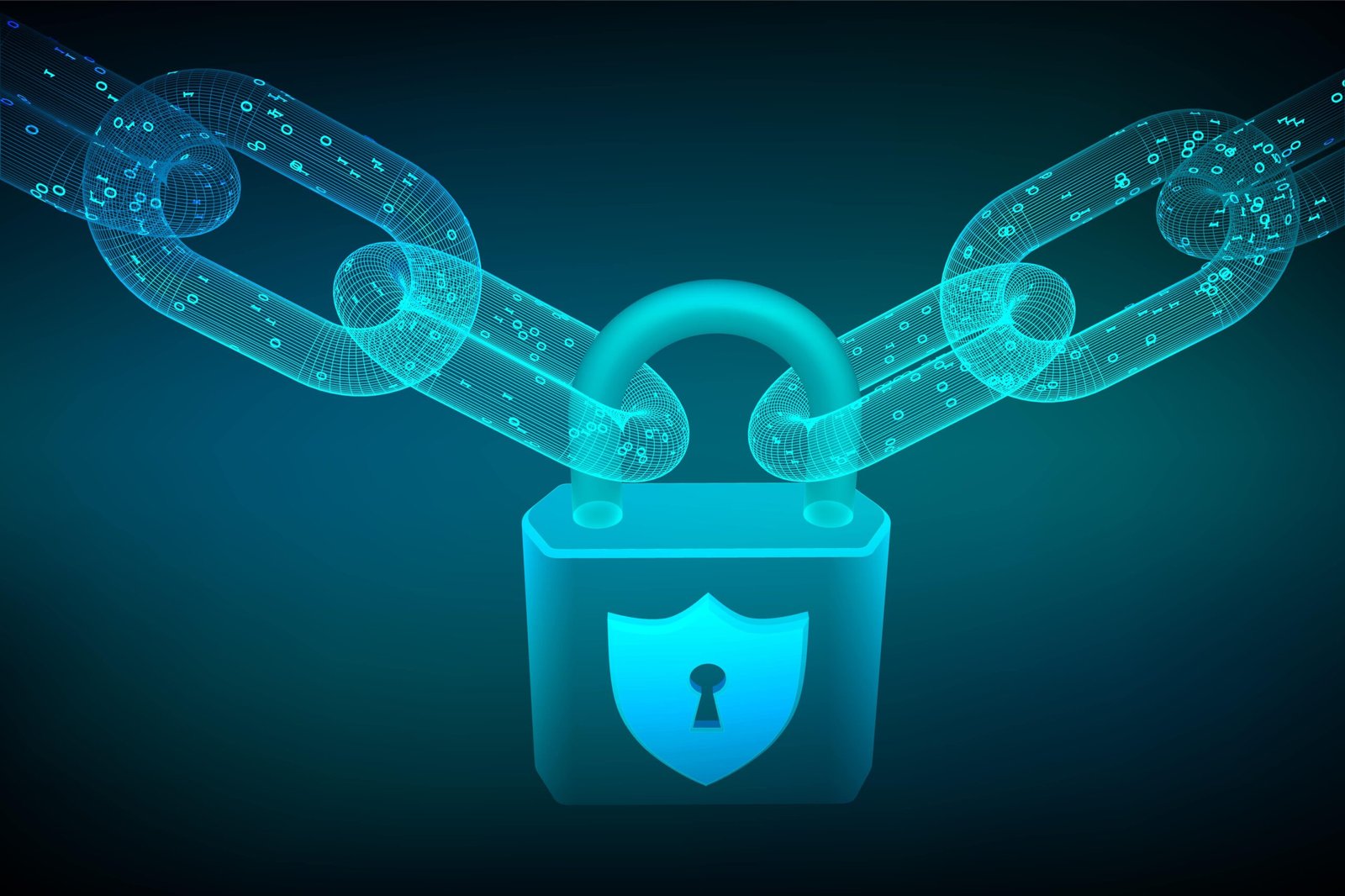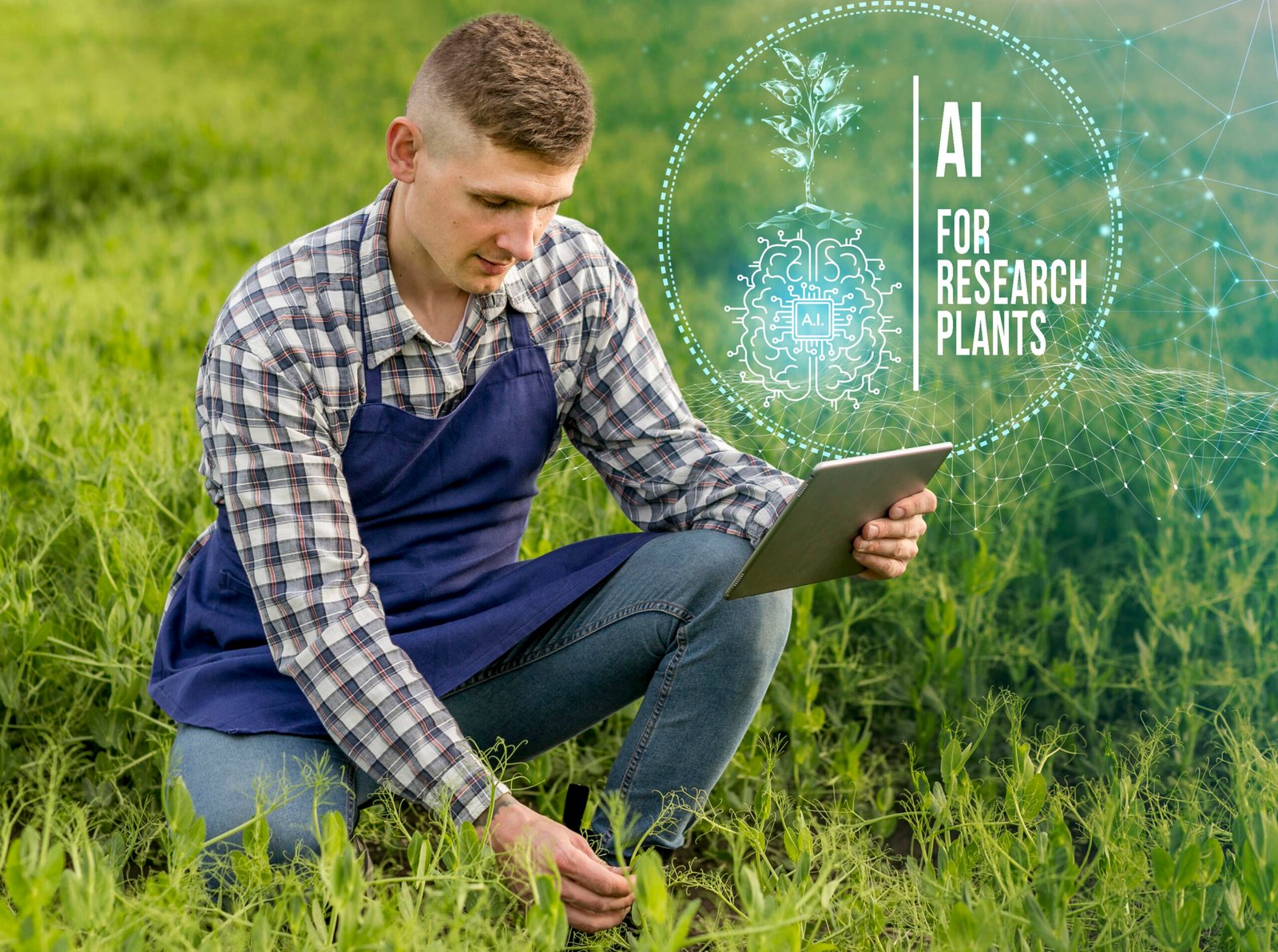Major tech companies like IBM, Google, Microsoft, and startups such as Rigetti Computing are actively pursuing the development of quantum computing. Superconducting qubits, trapped ions, and other technologies are being explored.
Table of Contents
What is Quantum Computing?
Quantum computing is a field of computer science which uses quantum mechanics tenets to perform operations on data. Consequently, the basis of quantum computing is based on quantum bits, called qubits, which are is the smallest informational building block of quantum systems. Unlike standard bits, which can be only in the state of 0 or 1, qubits are in the superposition state in which qubits can exist in simultaneously both states.
This peculiar attribute to superposition of quantum systems allows quantum computers to run multiple data processing tasks at the same time and therefore, there might be possible orders of magnitude speedup in data processing over computers working by classical methods.

Quantum Mechanics Basics
- Wave-Particle Duality: One of the fundamental principles of quantum mechanics is the wave-particle duality, which suggests that particles like electrons and photons can exhibit both particle-like and wave-like behavior. This means that they can behave like particles with localized positions and momenta, but they can also exhibit wave-like properties such as interference and diffraction.
- Quantization: Quantum mechanics introduces the concept of quantization, which states that certain properties of particles, such as energy, angular momentum, and electric charge, are quantized, meaning they can only take on discrete, quantized values rather than continuous values.
- Probability and Uncertainty: Unlike classical mechanics, where the position and momentum of particles can be precisely determined, quantum mechanics introduces the concept of inherent uncertainty. The Heisenberg Uncertainty Principle states that it is impossible to simultaneously know the precise position and momentum of a particle with absolute certainty. Instead, we can only describe the probability of finding a particle in a particular state.
- Wavefunction and Probability Amplitude: In quantum mechanics, the state of a particle is described by a mathematical object called a wavefunction, which contains information about the particle’s position, momentum, and other properties. The square of the wavefunction’s magnitude at a given point represents the probability of finding the particle at that point.
- Quantum Superposition: One of the most intriguing aspects of quantum mechanics is superposition, which allows particles to exist in multiple states simultaneously. For example, an electron can be in a superposition of being both spin-up and spin-down until it is measured and collapses into one of the states.
Quantum Hardware
- Qubits (Quantum Bits): Qubits are the fundamental units of information in quantum computing. Unlike classical bits, which can only exist in states of 0 or 1, qubits can exist in superpositions of both states simultaneously, allowing for exponentially more computational power. Common physical implementations of qubits include superconducting circuits, trapped ions, and semiconductor-based quantum dots.
- Quantum Gates: Quantum gates are the basic building blocks of quantum circuits, analogous to classical logic gates. They are operations that act on qubits to perform specific quantum operations, such as creating superpositions, entanglement, and performing quantum rotations. Examples of quantum gates include the Hadamard gate, Pauli-X gate, CNOT gate, and phase gate.
- Control Electronics: Quantum hardware requires sophisticated control electronics to manipulate and read out qubits accurately. These electronics provide the necessary signals and control pulses to apply quantum gates and perform measurements on the qubits.
- Cryogenic Systems: Many quantum hardware platforms operate at extremely low temperatures, typically close to absolute zero (-273.15°C or 0 Kelvin). Cryogenic systems, such as dilution refrigerators, are used to cool the quantum hardware to these low temperatures, which helps to reduce decoherence and stabilize the qubits.
- Quantum Interconnects: Quantum interconnects are used to connect different qubits within a quantum processor and enable the transmission of quantum information between them. These interconnects can take various forms, such as superconducting transmission lines, microwave resonators, or optical fibers, depending on the specific quantum hardware platform.
- Error Correction and Fault Tolerance: Error correction is a crucial aspect of quantum hardware design, as qubits are susceptible to noise and errors from their environment. Quantum error correction techniques, such as surface codes or topological codes, are implemented to protect qubits from errors and enable fault-tolerant quantum computation.
Challenges and Limitations
- Decoherence: Decoherence occurs when qubits lose their quantum properties, such as superposition and entanglement, due to interactions with their surrounding environment. This limits the duration over which quantum computations can be performed reliably. Developing techniques to mitigate decoherence, such as error correction and fault-tolerant quantum computation, is a significant challenge in quantum computing.
- Error Rates: Quantum systems are inherently susceptible to errors caused by noise, imperfections in hardware, and environmental factors. High error rates can degrade the accuracy of quantum computations and hinder the implementation of complex algorithms. Improving qubit coherence times and reducing error rates through error correction techniques are ongoing areas of research.
- Limited Qubit Connectivity: Many quantum hardware platforms suffer from limited qubit connectivity, meaning that qubits can only interact with nearby qubits in the processor. This restricts the types of quantum algorithms that can be efficiently implemented and poses challenges for achieving scalable quantum computation. Developing methods to enhance qubit connectivity, such as implementing long-range interactions or building better quantum interconnects, is essential for scaling quantum processors.
- Scalability: Building large-scale quantum computers with hundreds or thousands of qubits remains a formidable challenge. As the number of qubits increases, so does the complexity of controlling and managing them, leading to scalability issues. Developing scalable architectures, fabrication techniques, and control systems is crucial for realizing the full potential of quantum computing.
- Resource Requirements: Quantum computations often require significant resources, including specialized hardware, cryogenic cooling systems, and sophisticated control electronics. These resource requirements pose practical challenges for deploying quantum computing systems outside of research laboratories. Overcoming cost and resource constraints while maintaining performance is essential for commercializing quantum computing.
- Algorithm Design: Designing efficient quantum algorithms that outperform their classical counterparts for real-world problems remains a challenging task. While quantum algorithms like Shor’s algorithm and Grover’s algorithm show theoretical speedups, adapting them to practical applications and developing new quantum algorithms optimized for specific tasks is an ongoing area of research.
- Ethical and Security Concerns: Quantum computing has the potential to revolutionize fields such as cryptography and optimization, but it also raises ethical and security concerns. Quantum computers could break widely-used cryptographic protocols, leading to security vulnerabilities and the need for post-quantum cryptography. Addressing these concerns and developing quantum-secure cryptographic solutions is crucial for maintaining cybersecurity in the quantum era.
Future Outlook
In summary, the future of quantum computing holds immense promise for transforming science, industry, and society. While significant challenges remain, continued research, investment, and collaboration are expected to propel quantum computing towards practical applications and widespread adoption in the coming years.
























mexican mail order pharmacies: purple pharmacy mexico price list – buying prescription drugs in mexico
http://indiapharmast.com/# mail order pharmacy india
buying prescription drugs in mexico online mexico drug stores pharmacies mexican mail order pharmacies
canadian pharmacy 365: canadian pharmacy world reviews – northwest pharmacy canada
top online pharmacy india world pharmacy india india pharmacy mail order
canadian drugstore online: canadian drug pharmacy – canadian pharmacy in canada
buy prescription drugs from india: online shopping pharmacy india – indian pharmacy paypal
https://indiapharmast.com/# world pharmacy india
indian pharmacy paypal: online pharmacy india – pharmacy website india
indian pharmacies safe india pharmacy mail order indian pharmacy
buying from online mexican pharmacy: buying prescription drugs in mexico online – mexico pharmacy
п»їbest mexican online pharmacies: best online pharmacies in mexico – mexican online pharmacies prescription drugs
http://foruspharma.com/# mexico pharmacies prescription drugs
best rated canadian pharmacy: canadian pharmacy 24h com – the canadian drugstore
canadian pharmacy 24h com safe reliable canadian pharmacy pharmacies in canada that ship to the us
top 10 pharmacies in india: pharmacy website india – indian pharmacies safe
my canadian pharmacy: legitimate canadian mail order pharmacy – canadian pharmacy near me
reputable indian pharmacies: indian pharmacy paypal – mail order pharmacy india
https://paxloviddelivery.pro/# paxlovid pill
https://ciprodelivery.pro/# ciprofloxacin 500 mg tablet price
https://doxycyclinedelivery.pro/# buy doxycycline 100mg capsules online
http://amoxildelivery.pro/# order amoxicillin online
http://doxycyclinedelivery.pro/# doxycycline over the counter drug
https://doxycyclinedelivery.pro/# doxycycline online no prescription
https://clomiddelivery.pro/# where to buy generic clomid without rx
https://paxloviddelivery.pro/# Paxlovid buy online
https://paxloviddelivery.pro/# paxlovid covid
paxlovid india: paxlovid pharmacy – paxlovid covid
https://mexicandeliverypharma.online/# buying prescription drugs in mexico online
mexican pharmaceuticals online: pharmacies in mexico that ship to usa – mexican online pharmacies prescription drugs
buying prescription drugs in mexico online: reputable mexican pharmacies online – mexican mail order pharmacies
mexican border pharmacies shipping to usa pharmacies in mexico that ship to usa mexican drugstore online
buying prescription drugs in mexico: buying from online mexican pharmacy – mexico drug stores pharmacies
mexican mail order pharmacies: mexico drug stores pharmacies – purple pharmacy mexico price list
mexico drug stores pharmacies: mexican rx online – purple pharmacy mexico price list
mexico drug stores pharmacies: mexican pharmaceuticals online – reputable mexican pharmacies online
medicine in mexico pharmacies reputable mexican pharmacies online mexican rx online
https://mexicandeliverypharma.online/# buying prescription drugs in mexico
reputable mexican pharmacies online: mexican border pharmacies shipping to usa – reputable mexican pharmacies online
buying from online mexican pharmacy: purple pharmacy mexico price list – buying prescription drugs in mexico online
mexico drug stores pharmacies: buying prescription drugs in mexico online – buying prescription drugs in mexico
pharmacies in mexico that ship to usa buying from online mexican pharmacy mexican pharmacy
buying from online mexican pharmacy: buying prescription drugs in mexico – reputable mexican pharmacies online
https://mexicandeliverypharma.online/# mexico drug stores pharmacies
mexican online pharmacies prescription drugs: mexico drug stores pharmacies – mexico pharmacies prescription drugs
medication from mexico pharmacy: mexico drug stores pharmacies – medicine in mexico pharmacies
mexico drug stores pharmacies: purple pharmacy mexico price list – mexico pharmacies prescription drugs
pharmacies in mexico that ship to usa: buying prescription drugs in mexico online – best online pharmacies in mexico
mexican border pharmacies shipping to usa: pharmacies in mexico that ship to usa – medicine in mexico pharmacies
mexican border pharmacies shipping to usa mexican mail order pharmacies mexican mail order pharmacies
mexico drug stores pharmacies: medication from mexico pharmacy – medication from mexico pharmacy
buying prescription drugs in mexico online: mexican rx online – medicine in mexico pharmacies
purple pharmacy mexico price list: pharmacies in mexico that ship to usa – medication from mexico pharmacy
mexico pharmacies prescription drugs: mexico drug stores pharmacies – mexican border pharmacies shipping to usa
mexico pharmacy mexican border pharmacies shipping to usa mexican rx online
mexican rx online: buying from online mexican pharmacy – buying prescription drugs in mexico online
medication from mexico pharmacy: buying prescription drugs in mexico – buying prescription drugs in mexico online
mexican drugstore online: medicine in mexico pharmacies – pharmacies in mexico that ship to usa
mexican rx online: medicine in mexico pharmacies – best online pharmacies in mexico
medicine in mexico pharmacies: reputable mexican pharmacies online – pharmacies in mexico that ship to usa
mexican online pharmacies prescription drugs mexican mail order pharmacies medicine in mexico pharmacies
mexican drugstore online: mexican pharmaceuticals online – purple pharmacy mexico price list
medication from mexico pharmacy mexico pharmacy mexico pharmacies prescription drugs
best online pharmacies in mexico: best online pharmacies in mexico – pharmacies in mexico that ship to usa
mexican rx online: mexican online pharmacies prescription drugs – mexican border pharmacies shipping to usa
п»їbest mexican online pharmacies п»їbest mexican online pharmacies buying from online mexican pharmacy
mexico pharmacies prescription drugs: mexican pharmaceuticals online – mexican mail order pharmacies
mexico pharmacies prescription drugs: reputable mexican pharmacies online – medication from mexico pharmacy
buying prescription drugs in mexico online buying prescription drugs in mexico pharmacies in mexico that ship to usa
mexican mail order pharmacies: medicine in mexico pharmacies – buying prescription drugs in mexico online
best online pharmacies in mexico: medication from mexico pharmacy – mexico pharmacies prescription drugs
purple pharmacy mexico price list: medication from mexico pharmacy – buying from online mexican pharmacy
buying from online mexican pharmacy: mexico drug stores pharmacies – mexican pharmaceuticals online
mexican rx online: best online pharmacies in mexico – п»їbest mexican online pharmacies
mexico drug stores pharmacies: mexico drug stores pharmacies – mexican border pharmacies shipping to usa
reputable mexican pharmacies online: mexican online pharmacies prescription drugs – buying prescription drugs in mexico online
mexico pharmacies prescription drugs: mexico drug stores pharmacies – mexican drugstore online
tamoxifen breast cancer prevention: where to buy nolvadex – tamoxifen buy
http://zithromaxbestprice.pro/# zithromax online no prescription
https://zithromaxbestprice.pro/# can you buy zithromax over the counter
Abortion pills online: cytotec buy online usa – buy cytotec over the counter
https://cytotecbestprice.pro/# buy cytotec pills online cheap
prednisone 7.5 mg: prednisone 10mg buy online – prednisone 30 mg
http://zithromaxbestprice.pro/# buy zithromax without presc
http://propeciabestprice.pro/# cost of propecia without dr prescription
zithromax coupon: zithromax azithromycin – zithromax 500
buy cytotec online: п»їcytotec pills online – buy cytotec
http://nolvadexbestprice.pro/# tamoxifen breast cancer prevention
alternatives to tamoxifen: tamoxifen alternatives – tamoxifen alternatives
cost of generic propecia price: propecia generics – cost cheap propecia for sale
http://zithromaxbestprice.pro/# order zithromax without prescription
iv prednisone: how to buy prednisone online – prednisone buying
tamoxifen effectiveness: tamoxifen and depression – raloxifene vs tamoxifen
https://cytotecbestprice.pro/# buy cytotec pills
farmacia online senza ricetta: avanafil in farmacia – farmacia online
farmaci senza ricetta elenco: Cialis generico controindicazioni – Farmacia online miglior prezzo
farmaci senza ricetta elenco: Farmacia online piu conveniente – farmacie online affidabili
migliori farmacie online 2024: sildenafil oral jelly 100mg kamagra – acquistare farmaci senza ricetta
п»їFarmacia online migliore: farmacia online migliore – farmaci senza ricetta elenco
cialis overnight online: Buy Tadalafil 20mg – cialis paypal accepted australia
https://sildenafil.llc/# viagra coupons
cialis without a script: Buy Cialis online – buy cialis through pay pal
when should you take cialis: cialis 20 mg cheap – buy cialis 20 mg
http://tadalafil.auction/# cialis purchase online canada
100 mg viagra lowest price: Cheap Viagra 100mg – natural viagra
http://edpillpharmacy.store/# cheap ed treatment
buy erectile dysfunction pills
online ed medication: online ed prescription same-day – cheap ed meds
https://mexicopharmacy.win/# mexican online pharmacies prescription drugs
online erectile dysfunction prescription
https://edpillpharmacy.store/# online ed pills
reputable indian online pharmacy: Online India pharmacy – buy medicines online in india
http://edpillpharmacy.store/# pills for ed online
cheapest erectile dysfunction pills
http://indiapharmacy.shop/# buy medicines online in india
erectile dysfunction medicine online: online ed prescription same-day – where can i buy erectile dysfunction pills
cheapest online pharmacy india: reputable indian pharmacies – pharmacy website india
http://indiapharmacy.shop/# india pharmacy
https://mexicopharmacy.win/# purple pharmacy mexico price list
https://mexicopharmacy.win/# mexico drug stores pharmacies
http://indiapharmacy.shop/# Online medicine order
http://mexicopharmacy.win/# medication from mexico pharmacy
http://edpillpharmacy.store/# ed meds by mail
http://indiapharmacy.shop/# cheapest online pharmacy india
buy cytotec over the counter http://lipitor.guru/# generic lipitor online
furosemide 40 mg
lipitor otc generic lipitor 10 mg lipitor generic india
https://lisinopril.guru/# lisinopril cost 40 mg
lasix 20 mg furosemide online furosemide 100 mg
https://tamoxifen.bid/# tamoxifen brand name
buy cytotec pills online cheap http://lipitor.guru/# atorvastatin lipitor
lasix generic
furosemide 40mg cheap lasix lasix for sale
п»їcytotec pills online https://lisinopril.guru/# generic lisinopril 3973
furosemide 100mg
http://lipitor.guru/# lipitor simvastatin
lisinopril 5 mg india price: cheap lisinopril – zestril 20 mg cost
buy cytotec pills https://lisinopril.guru/# can i order lisinopril over the counter
furosemide
https://cytotec.pro/# buy cytotec pills online cheap
lipitor generic brand: Lipitor 10 mg price – lipitor online pharmacy
tamoxifen and bone density: buy tamoxifen online – tamoxifen rash
cytotec buy online usa https://cytotec.pro/# Misoprostol 200 mg buy online
lasix 100mg
https://lipitor.guru/# lipitor prescription
nolvadex estrogen blocker: tamoxifen premenopausal – nolvadex 10mg
buy cytotec in usa: Misoprostol price in pharmacy – п»їcytotec pills online
buy cytotec in usa https://cytotec.pro/# order cytotec online
lasix 100 mg
https://easyrxcanada.com/# canadian pharmacy 1 internet online drugstore
https://mexstarpharma.online/# mexican rx online
https://mexstarpharma.online/# mexican mail order pharmacies
http://mexstarpharma.com/# purple pharmacy mexico price list
http://easyrxindia.com/# pharmacy website india
http://easyrxindia.com/# online pharmacy india
https://mexstarpharma.online/# buying prescription drugs in mexico
deneme bonusu veren siteler: deneme bonusu – bonus veren siteler
https://sweetbonanza.network/# sweet bonanza 90 tl
deneme veren slot siteleri: deneme veren slot siteleri – en yeni slot siteleri
https://denemebonusuverensiteler.win/# deneme bonusu
guvenilir slot siteleri: slot siteleri 2024 – slot siteleri bonus veren
https://sweetbonanza.network/# sweet bonanza yasal site
en guvenilir slot siteleri: deneme bonusu veren siteler – en yeni slot siteleri
1вин: 1вин зеркало – 1вин официальный сайт
1вин официальный сайт 1win зеркало 1win вход
http://1win.directory/# 1win официальный сайт
пин ап зеркало: pin up casino – пин ап казино вход
1xbet: 1хбет официальный сайт – 1xbet
http://1win.directory/# 1вин
пин ап казино: пин ап вход – pin up casino
http://1xbet.contact/# 1xbet зеркало рабочее на сегодня
1хбет зеркало: 1хбет официальный сайт – 1xbet скачать
1вин официальный сайт: 1вин официальный сайт – 1вин зеркало
https://1xbet.contact/# 1хбет зеркало
1вин: 1вин зеркало – 1win официальный сайт
cialis united pharmacy: 24 hours pharmacy store – wich store or pharmacy sales hgh
doxycycline tesco pharmacy: tylenol 1 pharmacy – target pharmacy wellbutrin price
https://onlineph24.com/# online pharmacy consultation
pharmacy in artane castle
rx discount pharmacy middlesboro ky: cymbalta mail order pharmacy – med store pharmacy
pharmacy discount card rx relief: propecia united-pharmacy – vipps pharmacy viagra
https://pharm24on.com/# skelaxin pharmacy
viagra direct pharmacy
legal online pharmacy coupon code: online ativan pharmacy – online pharmacy consultation
sam’s club pharmacy: Apcalis SX – mobic pharmacy
tamiflu online pharmacy: brand viagra online pharmacy – best online accutane pharmacy
zyprexa online pharmacy: vardenafil – online pharmacy no prescription adipex
publix pharmacy wellbutrin: capsule online pharmacy – envision rx pharmacy
medicine in mexico pharmacies mexican drugstore online medicine in mexico pharmacies
mexican online pharmacies prescription drugs: mexican pharmaceuticals online – mexican border pharmacies shipping to usa
http://pharmbig24.com/# kamagra india pharmacy
best rated online pharmacy viagra: target pharmacy lexapro cost – pharmacy online cheap
indian pharmacies safe: indian pharmacy online – indian pharmacy
indianpharmacy com: india pharmacy – pharmacy website india
best online pharmacies in mexico mexican mail order pharmacies mexico pharmacies prescription drugs
http://indianpharmacy.company/# mail order pharmacy india
seroquel pharmacy price: late night pharmacy artane – rx pharmacy online 24
buying from online mexican pharmacy: purple pharmacy mexico price list – mexico drug stores pharmacies
mexican pharmaceuticals online reputable mexican pharmacies online buying prescription drugs in mexico online
buying from online mexican pharmacy: mexican drugstore online – pharmacies in mexico that ship to usa
https://indianpharmacy.company/# buy prescription drugs from india
mexican rx online purple pharmacy mexico price list mexican mail order pharmacies
zofran online pharmacy: viagra discount pharmacy – target pharmacy amlodipine
buying prescription drugs in mexico: buying prescription drugs in mexico online – mexico pharmacies prescription drugs
viagra in uk pharmacy revia online pharmacy online pharmacy modafinil
http://indianpharmacy.company/# reputable indian pharmacies
antabuse online pharmacy: united pharmacy naltrexone – skelaxin online pharmacy
world pharmacy india: online shopping pharmacy india – world pharmacy india
Nortriptyline creighton university pharmacy online cheap rx
http://pharmbig24.com/# inhouse pharmacy viagra
medicine in mexico pharmacies: mexican drugstore online – buying prescription drugs in mexico
order viagra online pharmacy: skelaxin online pharmacy – cialis online review online pharmacy
target pharmacy cephalexin allegra d online pharmacy online pharmacy vardenafil
the peoples pharmacy: lidocaine powder pharmacy – pharmacy cialis prices
top online pharmacy india: best india pharmacy – india pharmacy
https://pharmbig24.online/# quick rx pharmacy
online pharmacy india reputable indian pharmacies top online pharmacy india
value rx pharmacy irvine: online pharmacy india viagra – olanzapine online pharmacy
mail order pharmacy india india pharmacy mail order indian pharmacy
pharmacies in mexico that ship to usa: best online pharmacies in mexico – reputable mexican pharmacies online
http://mexicopharmacy.cheap/# mexico pharmacies prescription drugs
mexican border pharmacies shipping to usa mexican border pharmacies shipping to usa mexican online pharmacies prescription drugs
п»їbest mexican online pharmacies: medicine in mexico pharmacies – mexico pharmacies prescription drugs
mexican drugstore online: pharmacies in mexico that ship to usa – mexican drugstore online
https://pharmbig24.online/# lamotrigine target pharmacy
magellan rx specialty pharmacy losartan pharmacy rohypnol mexico pharmacy
mail order pharmacy india: indian pharmacies safe – india online pharmacy